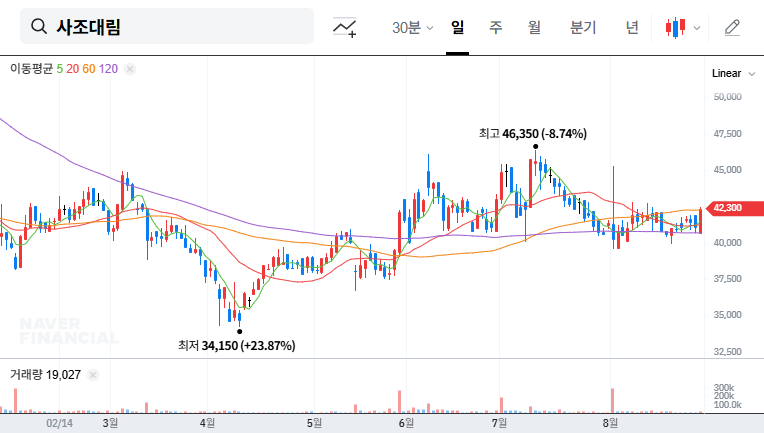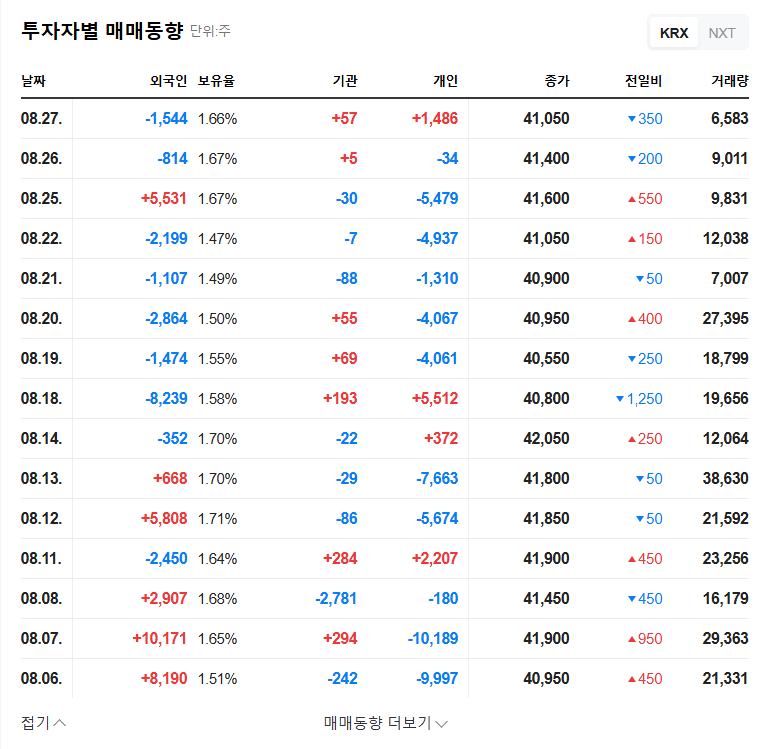
Sajo Industries’ Increased Stake in Sajo D&L: What Happened?
Sajo Industries increased its stake in Sajo D&L from 70.92% to 72.00% through open market purchases between August 19th and 26th, 2025. This move can be interpreted as a significant signal regarding the future of Sajo D&L, beyond a simple change in ownership.
Why Does the Stake Increase Matter?
Positive Aspects:
- Strengthened management control and a more stable governance structure.
- Increased likelihood of establishing and executing long-term management strategies.
- Potential for improved investor sentiment and short-term stock price momentum.
Negative Aspects and Considerations:
- Potential increase in Sajo Industries’ financial burden due to the acquisition cost.
- Sajo D&L’s fundamental issues of declining profitability and market share remain.
- Continued vulnerability to external factors such as exchange rate and raw material price fluctuations.
So, What Should Investors Do?
While Sajo Industries’ stake increase raises the possibility of a short-term stock price surge, the long-term investment outcome depends on whether Sajo D&L can improve its fundamentals. Investors should closely monitor the following:
- Sajo Industries’ specific management improvement and efficiency strategies.
- Sajo D&L’s efforts to manage costs and improve profitability, as well as actual performance changes.
- Whether the company can regain market competitiveness for its main products, and changes in stock price and trading volume.
It is advisable to make investment decisions with a balanced perspective and seek professional advice if necessary.
Frequently Asked Questions
Will Sajo Industries’ stake increase positively impact Sajo D&L’s stock price?
While short-term momentum can be expected, long-term stock price appreciation depends on Sajo D&L’s fundamental improvement.
What are the biggest challenges currently facing Sajo D&L?
Key challenges include declining profitability, loss of market share, and vulnerability to fluctuations in raw material prices and exchange rates.
What should investors pay attention to?
Investors should focus on Sajo Industries’ management improvement strategies, Sajo D&L’s efforts to improve earnings, and the recovery of its market competitiveness.

